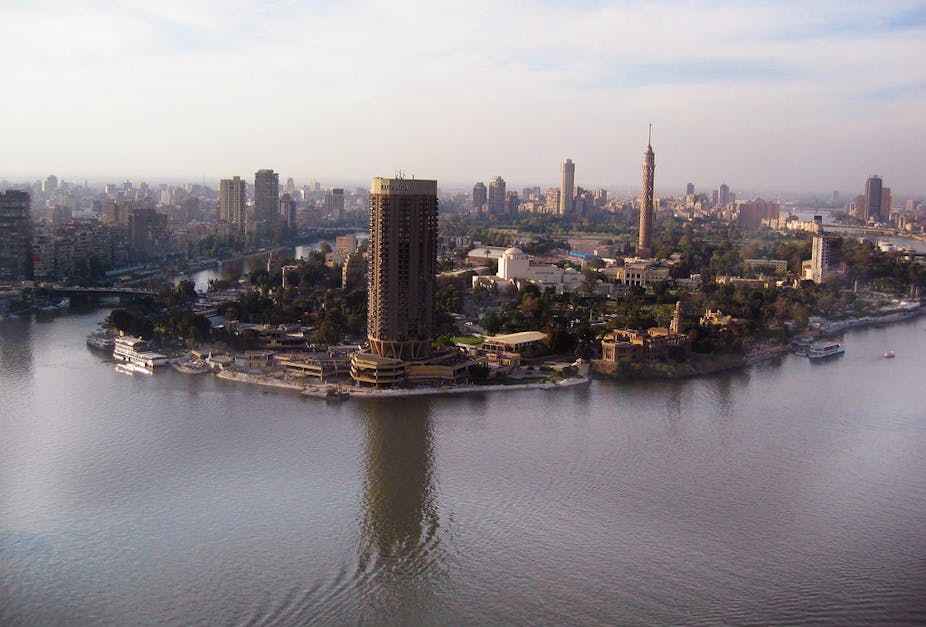Ethics and Corporate Responsibility
(part A)
(part A)
by
Charles Lamson
A culture of greed and arrogance breeds excessive secrecy.
 |
A culture of misinformation and secrecy is typical of some public companies that have given in to the pressure to inflate stock prices by all possible means. This has undermined the public's trust in the integrity of the public market. Credibility and trust is everything and trust has evaporated.
What companies should do in the wake of scandals seems simple: Make sure your own accounting and financial-reporting practices are solid; explain how you report your results; double-check the independence of your auditors; speak clearly about your approach to business, and how you make your profits; talk candidly about what is and is not acceptable behavior.
Many of the decisions you face pose ethical dilemmas, and oftentimes the right thing to do is not nearly as evident as it is in many big news business scandals.
This post discusses ethics, and the next post will cover social responsibilities of business.
Ethics
The aim of ethics is to identify both the rules that should govern people's behavior and the "goods" that are worth seeking. Ethical decisions are guided by the underlying values of the individual. Values are principles of conduct such as caring, honesty, keeping of promises, pursuit of excellence, loyalty, fairness, integrity, respect for others, and responsible citizenship.

Most people would agree that all of these values are admirable guidelines for behavior. However, ethics becomes a more complicated issue when a situation dictates that one value overrule others. Ethics is the system of rules that governs the ordering of values.
An ethical issue is a situation, problem, or opportunity in which an individual must choose among several actions that must be evaluated as right or wrong. Ethical issues arise in every facet of life. We concern ourselves here with business ethics in particular. Business ethics comprises the moral principles and standards that guide behavior in the world of business.
Ethical Systems
Moral philosophy refers to the principles, rules, and values people use in deciding what is right or wrong. This is a simple definition in the abstract, but often terribly complex and difficult when facing real choices. How do you decide what is right and what is wrong? Do you know what criteria you apply, and how you apply them?
Ethics scholars point to various major ethical systems as guides. The first ethical system, universalism, states that individuals should uphold certain values, such as honesty, regardless of the immediate result. The important values are those that society needs to function. For instance, people should always be honest because otherwise communication would break down.

Teleology Teleology considers an act to be morally right or acceptable if it produces a desired result. The result can be anything desired by the person, including pleasure, personal growth, money, knowledge, or other self-interest. The key criterion to the consequences of the act, so teleology is sometimes referred to as consequentialism.
Two types of teleology are egoism and utilitarianism. Egoism defines acceptable behavior as that which maximizes consequences for the individual. "Doing the right thing," the focus of moral philosophy, is defined by egoism as "do the act that promotes the greatest good for oneself." If everyone follows this system, according to its proponents, the well-being of society as a whole should increase. This notion is similar to Adam Smith's concept of the Invisible hand in business. Smith argued that if every organization follows its own economic self-interest, the total wealth of society will be maximized.
Utilitarianism is also concerned with consequences, and as such is a teleological philosophy. But unlike egoism, utilitarianism seeks the greatest good for the greatest number of people. A utilitarian approach seeks to maximize total utility, achieving the greatest benefit for people affected by a decision.
Deontology Deontology focuses on the rights of individuals. Attention to individual rights ensures that equal respect is given to all persons. In this way, actions that maximize utility for many parties will be rejected if they do serious injustice to just one party. In contrast, utilitarianism might allow such an action in the spirit of maximizing overall consequences. Utilitarianism concentrates more on ends, and deontology more on means.
What criteria do you use? You may or may not be able at this point to choose the perspective that you use or would use in making tough decisions. But it should be clear that ethical issues can be evaluated for many different perspectives, that each perspective has a different basis for deciding right and wrong, and that people will disagree because they are assessing ethics by different ethical standards.
Relativism Perhaps it seems clear that the individual makes ethical choices on a personal basis, applying personal perspectives. But this is not necessarily the case. Relativism defines ethical behavior based on the opinions and behaviors of relevant other people. This perspective acknowledges the existence of different ethical viewpoints, and turns to other people for advice, input, and opinions. Professional bodies provide guidelines to follow, and decision-makers can convene a group to share perspectives and derive conclusions. Group consensus is sought; a positive consensus signifies that an action is right, ethical, and acceptable.

Virtue ethics The moral philosophies just described apply different types of rules and reasoning. Virtue ethics is a perspective that goes beyond the conventional rules of society by suggesting that what is moral must also come from what a mature person with good moral character would deem right. Society's rules provide a moral minimum, and then moral individuals can transcend rules by applying their personal virtues such as faith, honesty, and integrity.
Individuals differ in this regard. Kohlberg's model of cognitive moral development classifies people into one of three categories based on their level of moral judgment. People in the preconventional stage make decisions based on concrete rewards and punishments and immediate self-interest. People in the conventional stage conform to the expectations of ethical behavior held by groups or institutions such as society, family, or peers. People in the principled stage take a broader perspective in which they see beyond authority, laws, and norms and follow their self-chosen ethical principles. Some people forever reside in the preconventional stage, some move into the conventional stage, and some develop further yet into the principled stage. Over time, and through education and experience, people may change their values and ethical behavior.
These major ethical systems underlie personal moral choices and ethical decisions in business.

*SOURCE: MANAGEMENT: THE NEW COMPETITIVE LANDSCAPE, 6TH ED., 2004, THOMAS S. BATEMAN & SCOTT A. SNELL, PGS. 138-140*
end
|















/cdn.vox-cdn.com/uploads/chorus_image/image/65540788/1177753263.jpg.0.jpg)
